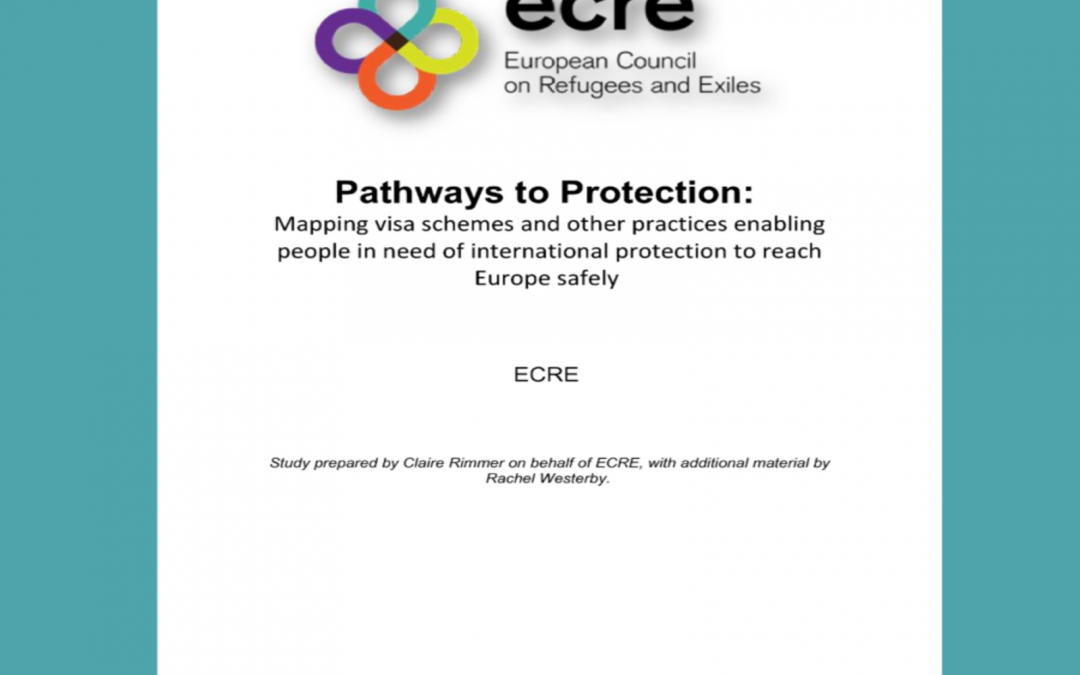ECRE has published a study which provides a comparative analysis of many of the mechanisms that provide safe routes to Europe for those in need of international protection.
The new study summarises recent developments and ongoing policy debates, and identifies a number of approaches and good practices which stakeholders believe have worked well. It also provides examples of promising new practices in both new and more established programmes.
Complementary or safe pathways are a relatively new addition to global refugee protection. They are a particularly new phenomenon in Europe where, in recent years, a growing number of often small-scale safe pathway programmes have been implemented. This has created a complex landscape, involving many different stakeholders working in different ways, and involving different patterns of co-operation between host, destination and first asylum countries.
The study provides a comprehensive and comparative analysis of both the available mechanisms for providing safe routes to Europe for those in need of international protection, and of current developments and policy debates in this context. Mechanisms covered include visa schemes, sponsorship schemes, extended family reunification (not including family reunification as per the Family Reunification Directive or resettlement), humanitarian corridors programmes, protection-related scholarship schemes and hybrids that allow people to arrive regularly and be granted at least an initial right to reside (either while an asylum process is carried out or on another basis). It covers all EU Member States plus Norway, Switzerland and the UK, and sets out key findings and recommendations on expanding and improving safe pathways to Europe targeted toward specific stakeholders.

